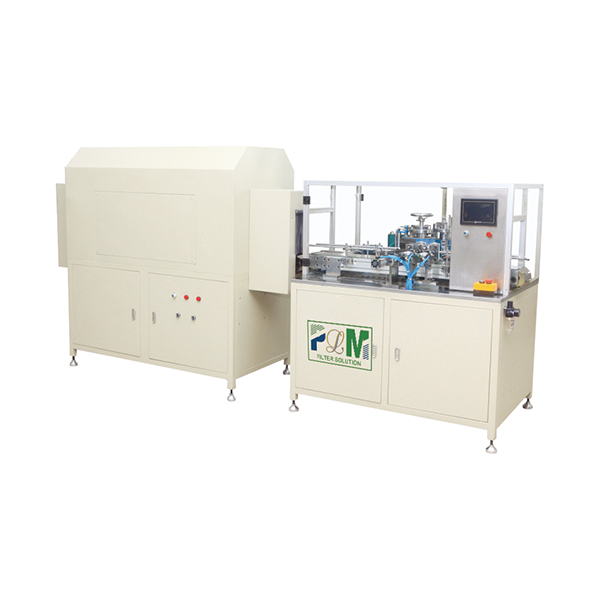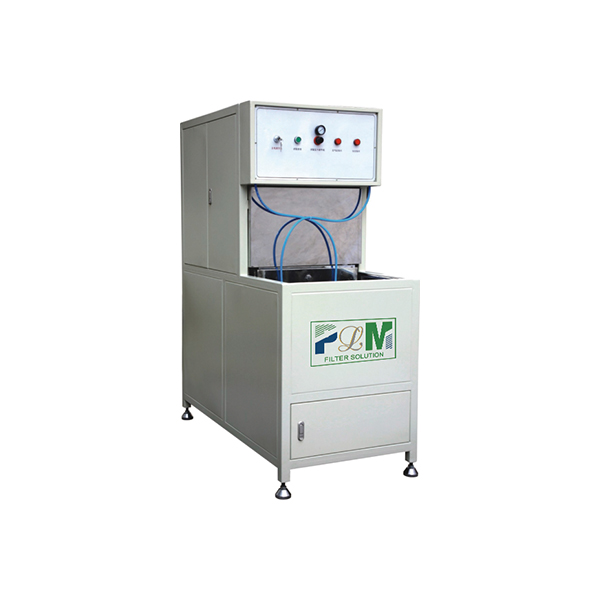Oct . 23, 2025 12:40 Back to list
Active Carbon Air Filter for Air Purifier | Odor & VOC Cut
What’s New (and What Actually Works) with the Active Carbon Air Filter For Air Purifier
If you’ve ever unboxed a new sofa and caught that sharp “new-furniture” smell, you already understand why carbon-based filters matter. In the last two years, demand has nudged away from only dust capture toward VOC and odor control. And yes, it’s not just hype: the science backs it. The funny thing is, not all carbon filters are equal, and—having toured a few lines in Hebei—not all are even built the same way.

Industry snapshot
Two trends dominate: 1) blended media (a particulate layer + activated carbon) complying with ISO 16890 for dust while targeting VOCs under ISO 10121; 2) precision hot-melt bonding that reduces leakage and keeps pressure drop stable. It sounds niche, but a stable bond line is exactly what keeps carbon from rattling or channeling. In fact, many customers say they notice quieter airflow and steadier CADR after switching.
How it’s built (short version)
Materials: coconut-shell activated carbon (high iodine value), spunbond protective layers, melt-blown prefilter (optional), and a rigid frame. Our line in East of Anping County, Hengshui City, Hebei Province, China 053600 uses the PLRZ-1000N Full-auto Hot Melt Filter Paper Bonding Machine—yes, that mouthful—because consistent bead placement really matters when you’re sealing pleats and keeping carbon where it belongs.
Process flow: media prep → carbon dosing/lamination → hot-melt bonding and pleating → frame assembly → curing → leak test → VOC performance test (per ISO 10121, lab scale) → pressure drop check → packaging. Service life is typically 6–12 months (real-world use may vary, to be honest).
Product specs (typical build)
| Model | ACF-10x20-25 (example) |
| Media Stack | Activated carbon layer + nonwoven + optional melt-blown prefilter |
| Carbon Type | Coconut-shell, iodine value ≈ 900–1100 mg/g |
| Carbon Loading | ≈ 180–450 g/m² (customizable) |
| Initial Pressure Drop | ≈ 45–80 Pa @ 1.0 m/s |
| VOC Removal | Formaldehyde initial removal up to ≈ 85–95% (ISO 10121 bench tests) |
| Frame/Gasket | ABS or card frame; EVA gasket |
| Certs | ISO 9001 factory, RoHS/REACH materials compliance |
Where it’s used
Home and office purifiers (new paint, new furniture), hotel rooms and smoking areas, clinics/labs with solvent odors, and—surprisingly—pet grooming shops. A Active Carbon Air Filter For Air Purifier shines when VOCs or odors are the complaint.
Real-world performance
Test data snapshot: TVOC reduction 70–90% over 60 minutes in a 30 m³ chamber, CADR impact minimal, and breakthrough time for toluene extended by ≈ 25% when using higher loading. One customer in Shenzhen reported a drop from 0.45 mg/m³ to 0.08 mg/m³ TVOC within a week—windows closed most days, which made the effect clearer.
Vendor comparison (quick take)
| Vendor | Customization | Certs | Lead Time | Notes |
|---|---|---|---|---|
| Hebei Anping Factory | Size, loading, frame, logo | ISO 9001, RoHS/REACH | ≈ 12–18 days | Uses PLRZ-1000N hot-melt line; stable bonds |
| Trading Co. X | Limited SKUs | Claims RoHS | ≈ 20–30 days | Sourcing variability |
| Brand OEM Y | Brand-fit only | CB/CE device-level | ≈ 25–35 days | Great finish, higher price |
Why the bonding machine matters
Our PLRZ-1000N Full-auto Hot Melt Filter Paper Bonding Machine keeps adhesive weights consistent and edges sealed—less bypass, better gas residence time. It’s a quiet hero, but crucial. Without uniform bead lines, you risk micro-leaks that make a Active Carbon Air Filter For Air Purifier look good on paper and underperform in your living room.
Standards and compliance
We reference ISO 16890 for particulate layers, ISO 10121 for gas-phase testing, and AHAM AC-1 for CADR context. For China-market devices, GB/T 18801 remains the go-to. Materials meet RoHS/REACH; factory is ISO 9001. I guess the short version is: spec beyond marketing buzzwords.
References
- ISO 16890: Air filters for general ventilation.
- ISO 10121-1/2: Test methods for assessing the performance of gas-phase air cleaning media and devices.
- AHAM AC-1: Method for measuring performance of portable household electric room air cleaners.
- GB/T 18801-2015: Air cleaner.
Comprehensive Guide to Filter Caps: Applications, Benefits & Future Trends
NewsNov.24,2025Filter Paper: Essential Guide for Industry and Global Applications
NewsNov.23,2025Essential Guide to Filter Materials: Types, Applications, and Future Trends
NewsNov.22,2025Efficient Long Pulse Dust Collector Pleated Filters for Superior Industrial Air Quality
NewsNov.22,2025Professional Air Filter Making Machine – Efficient Air Filtration Production Solutions
NewsNov.21,2025PLAB-6 A/B Glue System-Hebei Filter Man|Precision&Adjustable Speed
NewsNov.21,2025






